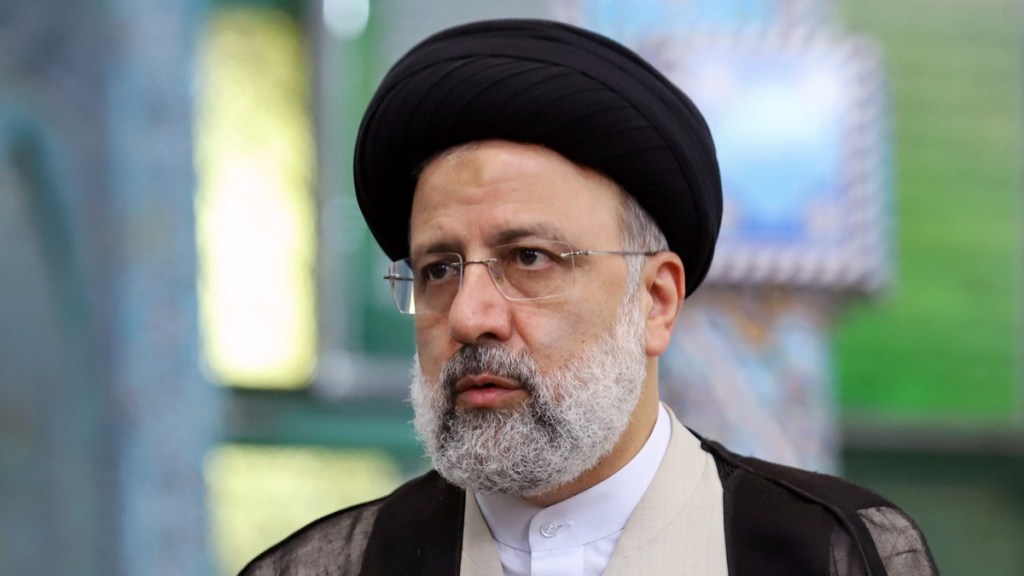By Dr Aprajita Kashyap,
Latin America has gained paramount strategic salience for Iran in recent years. Iran has strengthened its diplomatic presence in the region over the years through numerous visits by high-ranking officials. In June 2023, Iranian President Ebrahim Raisi travelled to Venezuela, Nicaragua, and Cuba in Latin America to strengthen ties with countries in the region. Iran began to increase its presence in Latin America after 1980, in the wake of the Shah being deposed and the coming to power of Ayatollah Khomeini’s Islamic regime. During Mahmoud Ahmadinejad’s presidency (2005-13), its ties with Latin America’s left-wing governments were conceived when he held meetings with Bolivia’s Evo Morales, Brazil’s Lula da Silva, Cuba’s Fidel and Raul Castro, Ecuador’s Rafael Correa, Nicaragua’s Daniel Ortega and Venezuela’s Hugo Chavez. Afterwards, Iran has carried on its ties with Cuba, Venezuela, Bolivia, Antigua and Barbuda, Dominica and Nicaragua.
Forays into Latin America: The factors or events that have given Iran access to the region need detailed analysis. Iran’s presence in Latin America has been intensified by the desire of these countries to move away from dependence on US programmes and policies. One of the reasons, in fact, could be the declining interest of the US in Latin America, especially after the end of the Cold war. This has enabled players from outside the Western Hemisphere—including Iran, China and Russia—to enter the region. The political hostility and sanctions against Venezuela was the other factor that drew Iran into the continent. The sanctions created a common ground for economic and political cooperation. Yet another reason was Tehran’s counteracting America’s attempts to isolate it internationally by building interests and joint capabilities with Latin American countries, as well as the likes of China and Russia.
Incentives for connections:This new-found interest in Latin America has certain definitive motivations. Through laying the edifice for good relations with Latin American countries, Iran seeks to project itself as a sound global power, confront political and economic isolation, mobilize diplomatic support for its nuclear program and gain grounds to respond to the US in what is considered to be its ‘backyard’. Iran’s ties with Latin American countries are guided more by the logic of diplomatic diversification to include ascendant powers in an increasingly multipolar and less West-centric world order.
Building contacts: The modes of building relations include aligning with Venezuela to provide a cushion to Tehran to withstand the caprices of the financial burden of sanctions. Venezuelan President Maduro sought to expand ties with players who could help break Venezuela’s international isolation, and Iran, fighting similar isolation and sanctions, saw this as an opportunity to join forces with Venezuela. In return, Venezuela could help Iran in converting currency, obtaining high-tech facilities and entering the global financial system.
However, the economic difficulties of both Iran and Venezuela increased after the US imposed new sanctions on them during the Presidency of Donald Trump. After the re-imposition of sanctions, Iran also found Latin America fertile ground for its aim towards diversifying its economy to overcome economic sanctions, even while illicit trade, often through Hezbollah, became an aspect of unease for the US. Iran intensified the level of cooperation and investment mainly in the oil, banking and finance and housing sectors.
In addition to Venezuela, Bolivia has shown interest in Iranian high-tech drones that can monitor mountainous areas and provide real-time images to the armed forces, stating that their technology could help the Andean country’s efforts to boost border security. Iran has used its proxies in the region, especially Hezbollah, especially in the tri-border area shared by Argentina, Paraguay and Brazil. There have been reports of suspicious activities in this area, including drugs and arms smuggling, money laundering and terrorist training—the repercussions of these are on regional security. Amid the COVID-19 pandemic, the Finlay Institute of Vaccines in Havana and the Pasteur Institute of Iran jointly developed the Soberana-2 vaccine (known as the Pasteurcovac in Iran), which was reportedly highly effective.
Summing up, Iran’s renewed focus on Latin America indicates its efforts to increase its foothold in the region, especially by bolstering economic interactions and possibly pursuing arms deals. Iran’s overtures are guided more by the logic of diplomatic diversification to include ascendant powers in an increasingly multipolar world. On apprehensions of Iran gaining a solid foothold, it can be asserted that Iran, unlike China, does not have the abundance of resources to offer to its potential partners in Latin America.
The author is Faculty in Latin American Studies Programme, CCUS&LAS, SIS, JNU, New Delhi. Email: aprajitakash@gmail.com; aprajita@mail.jnu.ac.in
Disclaimer: Views expressed are personal and do not reflect the official position or policy of Financial Express Online. Reproducing this content without permission is prohibited.

